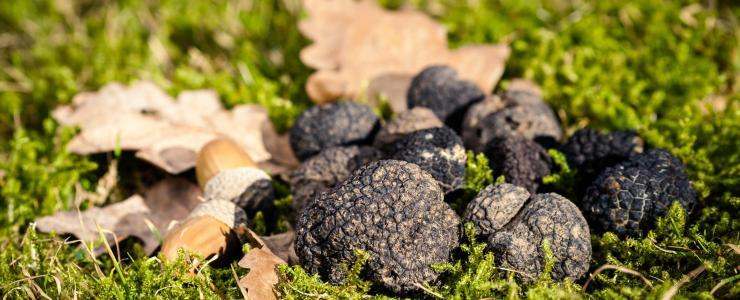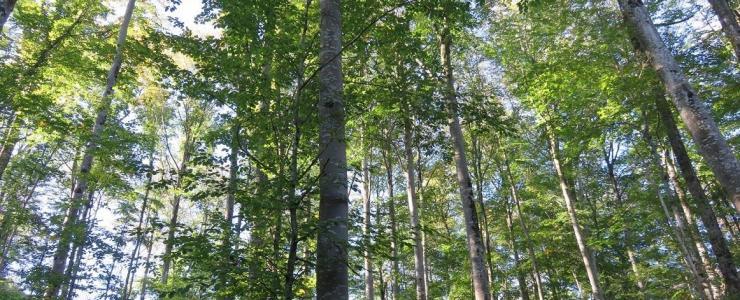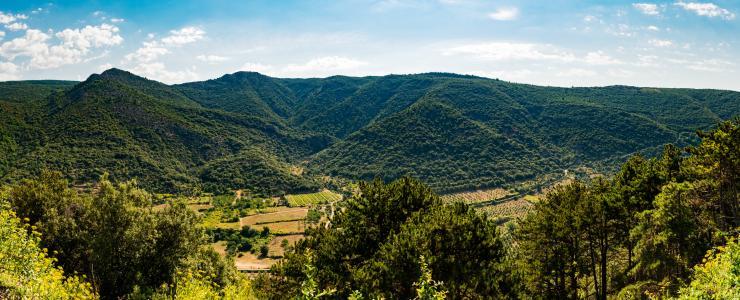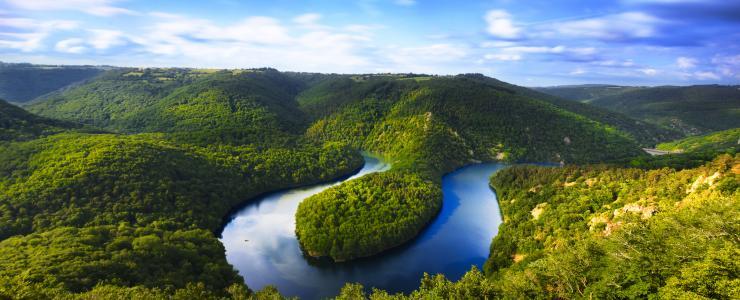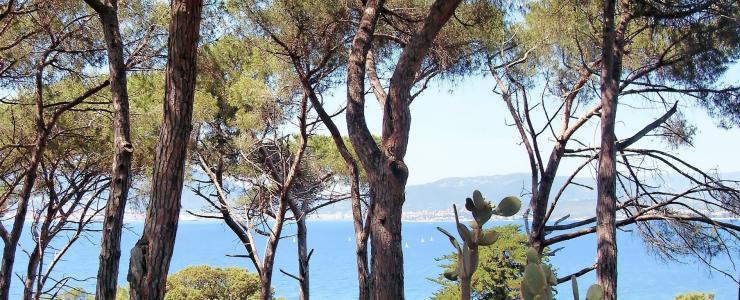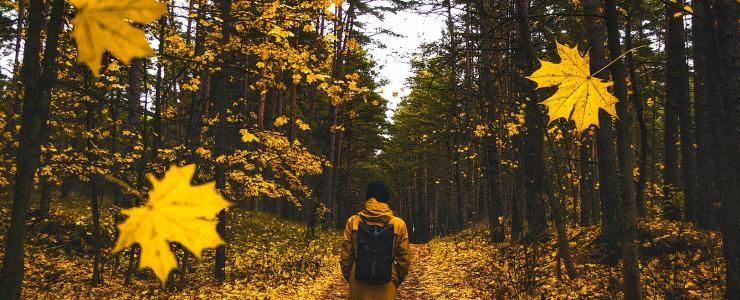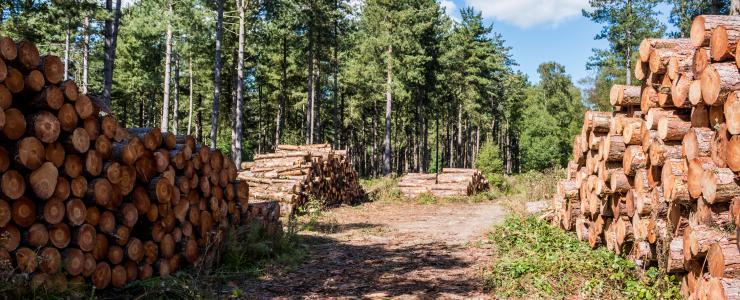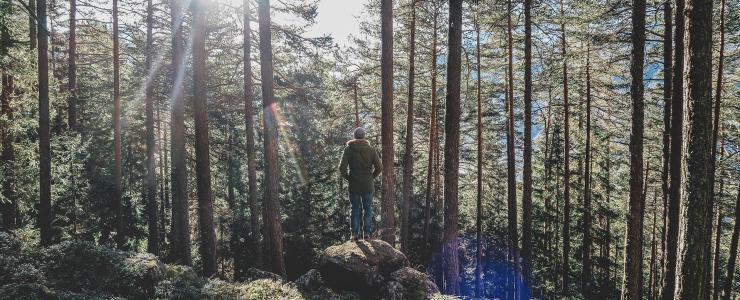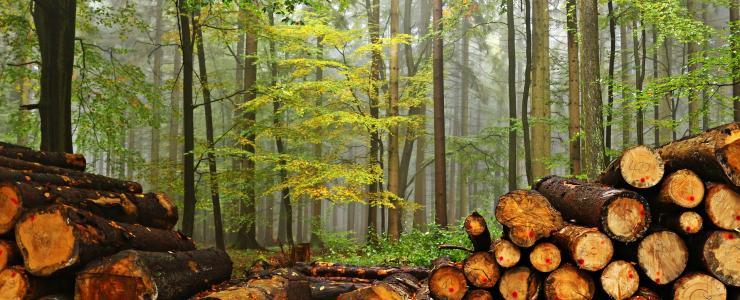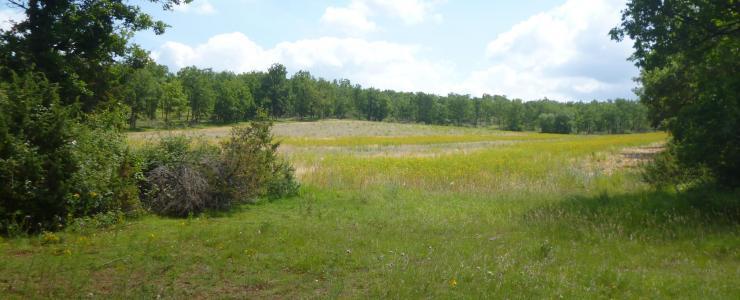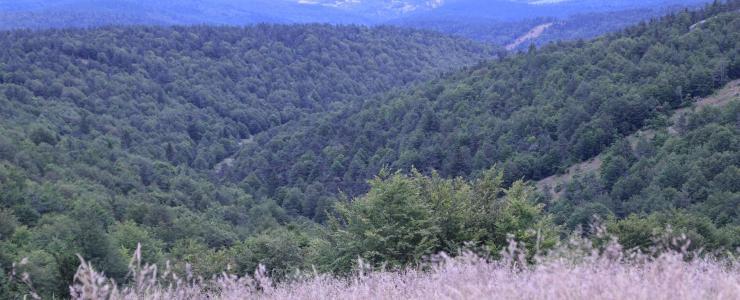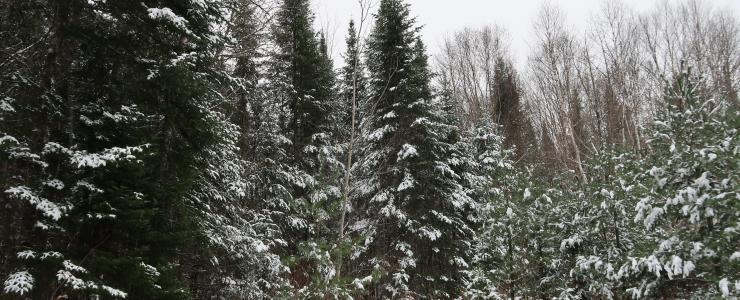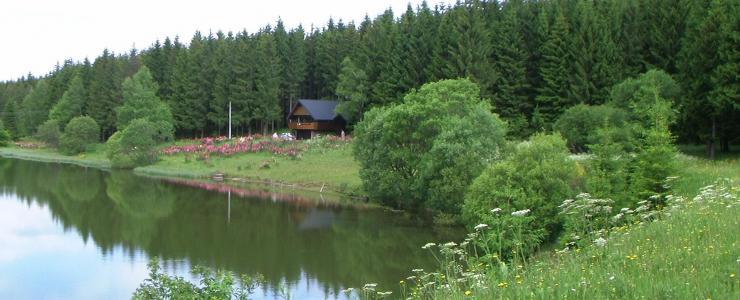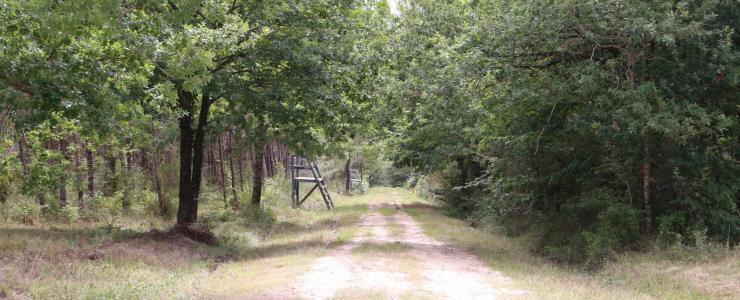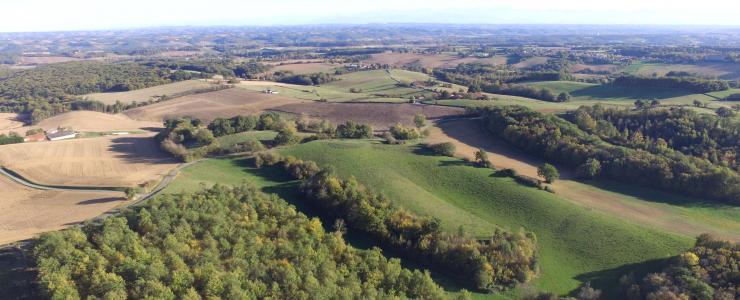Truffle-growing and the choice of land
There is a real truffle-production economy in France. France is the world’s largest ‘Tuber Mélanosporum’ (or black Périgord truffle) producer and can boast output of close on 50 metric tons of the gourmet food item every year.
Truffle production is sometimes referred to as trufficulture.
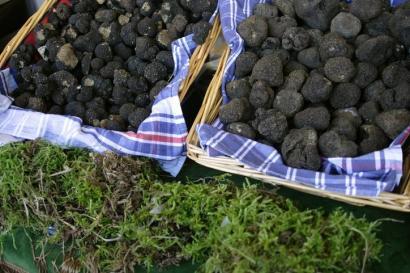
The practice involves cultivating trees inoculated with the fungus. Excellent knowledge of silviculture is required.
The process begins with planting on a limey soil. The right conditions for growth of the mycorrhizal tree must be maintained until production becomes established.
Silvicultural work then focuses on managing the mycorrhizal system (watering and protection), soil maintenance (aeration, mowing), managing water requirements, pruning and thinning. The choice of land is primordial.
The right conditions for good truffle production in France
1. Choice of land
- A limestone terrain, rich in calcium (ph>7 for Tuber Uncinatum), is required.
- There needs to be distinct seasons but with no excess temperatures to one extreme or the other.
- The maximum altitude is 1,000Â meters.
- As for topography, truffles prefer plateaus, slopes, dales and plains, but not the bottom of river valley floodplains.
- Southeast, southwest or south-facing, depending on the local micro-climate.
2. What type of truffle field should I choose?
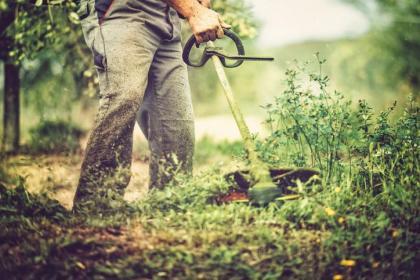
An extensive plantation if you have little time to devote to it. If you plant in the right conditions, you can expect production within 10 to 15 years.
Plantation of a professional truffle field: you will need to work the soil every year, which means hoeing, digging and weeding. Production between 5 and 7 years, depending on species.
Landscaped plantation with different tree species.
3. What will be the purpose of your truffle field?
- Truffles only
- A mixed development with truffle trees and fruit trees (hazelnut), truffles and herbs (lavandin), truffles and flowering bushes for bees, forestry and truffle-growing combined (wood for cabinetwork).
4. How do you prepare the land for truffle planting?
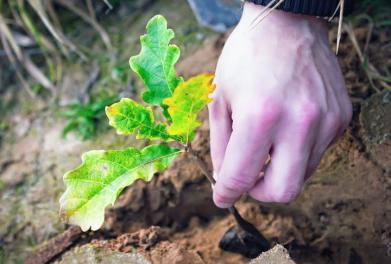 Depending on what was previously grown on the land, the preparation will differ:
Depending on what was previously grown on the land, the preparation will differ:
For agricultural soils: 30Â cm-deep ploughing with the plowplan removed, crossed subsoiling using a tamper or technique 3B
For former orchards, vineyards or fallow ground, there are two possibilities: breaking up of the soil, root extraction, raking into rows and burning
A one-off clearing operation, retaining the companion species (fruit trees). It will be necessary to prune the companion trees regularly to help the fruit trees thrive.
Tillage: air and water must be able to flow freely. Tillage helps boost the root system and makes sure that the truffle-producing roots do not grow too deep down in the soil, but instead remain shallow.
5. What species should you plant?
- Mycorrhizal plants supplied by INRA-certified nurseries.
- Different species, with the mycorrhizal plants of your choice and a selection of companion trees, which may be deciduous or conifers (walnut, hazelnut, linden, hornbeam, birch, pine, spruce, cedar, larch, etc.)
6. When do you plant?

From late November to early March.
On ‘Saint Catherine’s day’ (25 November) according to French tradition, to ensure survival and immediate root development, with no need for watering.
Carefully protect the plants from predators such as wild boar using fences or use individual protection around the trees to protect from roe deer and the like.
7. Taking care of a truffle grove
- Weeding is essential as grasses draw water in spring and brambles do the same in July and August.
- Clear at the end of the growing season and again in fall (after senescence).
Around the plant, there are two options, one that requires digging and the other that does not. Once you have decided, you cannot change your method without unsettling the environment. To attain more rapid truffle production, you will need to dig around the plants!
- In an area of 1-1.20 meters around the plant: dig immediately after planting and ALWAYS from the second year onwards.
- Between the rows of plants.
- Tree pruning must be gradual to prevent stress.
- Prune from the second year onwards, then proceed with clean, precise cutting.
- Prune while there is no sap movement or in August and September after three or four years.
- Only water to offset a lack of rainfall, using a watering can or mechanical watering.
Truffle-growing also requires in-depth forestry expertise and knowledge. Forêt Investissement strongly recommends you call on professionals from the field.
Forêt Investissement sells truffle orchards so please get in touch if you require information on this type of purchase, which can be very profitable! Plantation is possible for private owners but the choice of land is primordial for best results.

